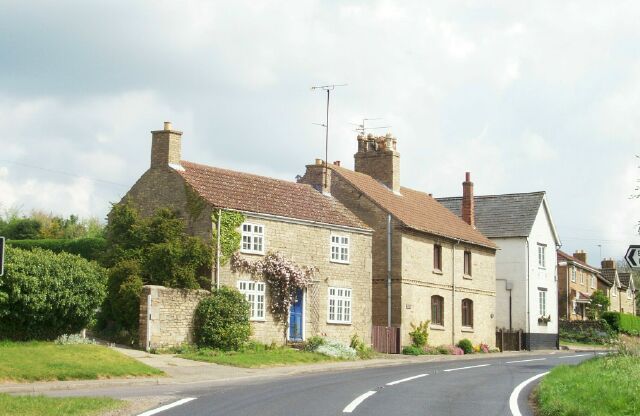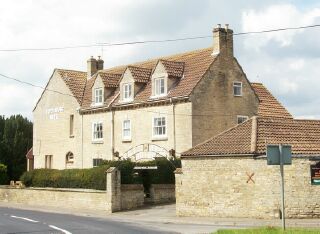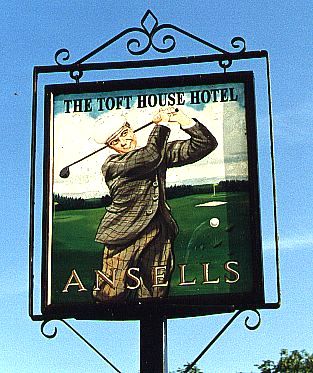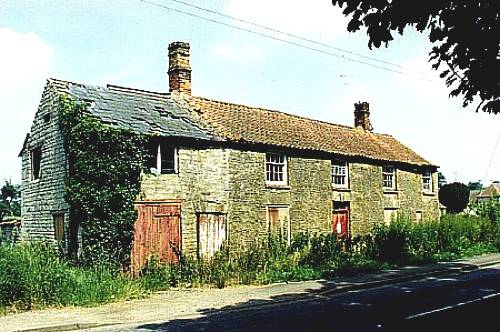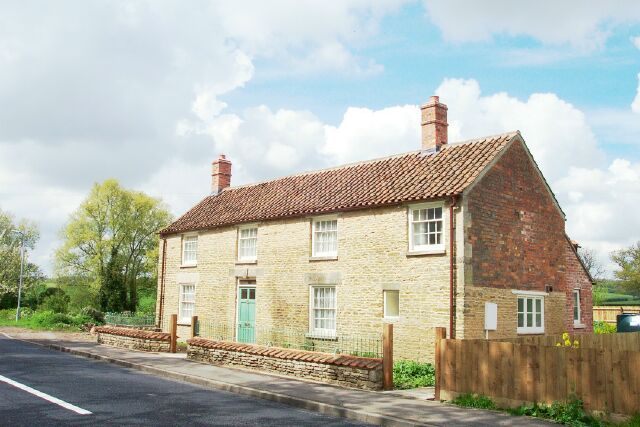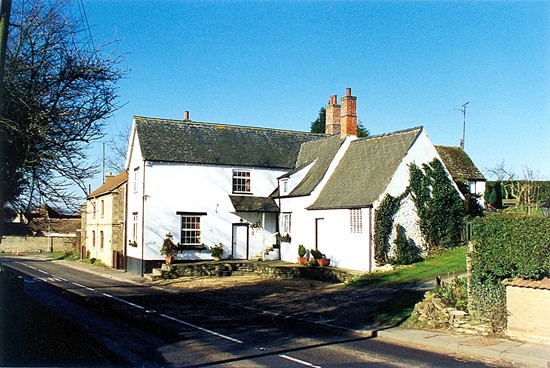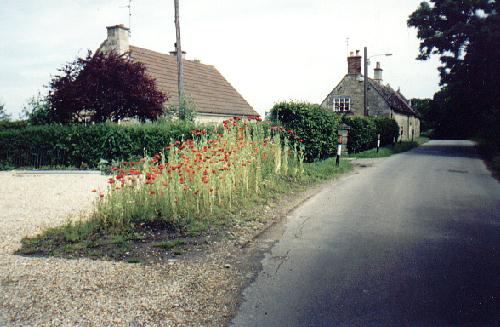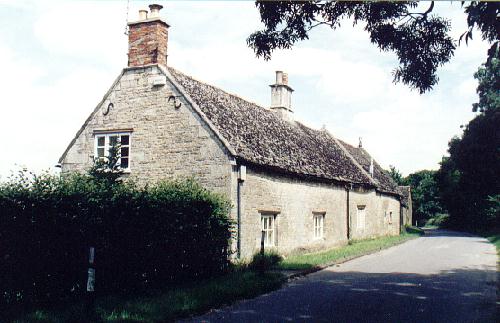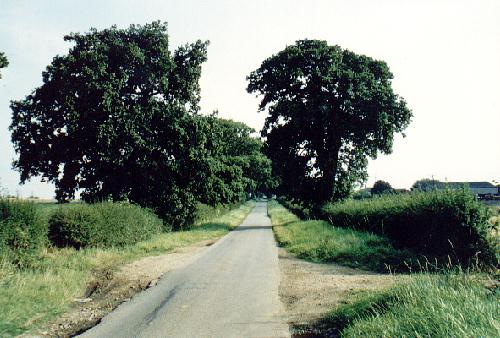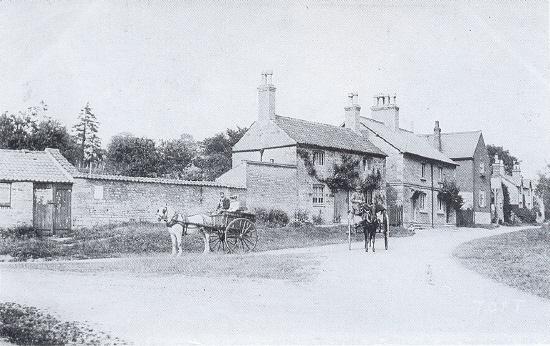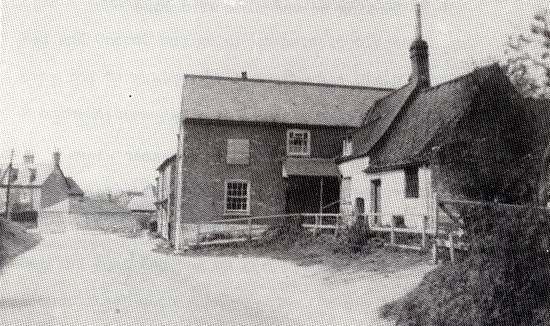|
Toft & Lound
Two hamlets south west of Bourne share a history. Toft was referred to as
Toftlund in the Domesday Book of 1086, meaning "the plot of land by the grove" and a short climb up from the banks of the River Glen will take you to Lound which may have been the senior of these two places within the Witham-on-the-Hill parish of the middle ages. In the late 12th century, its parochial chapel was surrendered to Bridlington Priory in Yorkshire, who replaced it with a manorial chapel and in 1411 there is mention of it in Bishop Repingdon's Register when it was granted a licence to celebrate mass for a year.
Today, Toft is noted for its golf for it is now home to one of the best 18-hole courses in South Lincolnshire. It has been suggested locally that there ought to be warning signs for motorists at this point saying Beware of Golfers because the links are on one side of the road while the nineteenth hole, practice greens and car park, are on the other and players crossing between the two are regularly encountered. The neatly clipped green sward of the course dotted with trees can be seen adorning the hillside while on the opposite side of the road is the Toft House Hotel, pictured above, that also doubles as the clubhouse where golfers meet to eat and drink after their round. This large stone building with blue slates and tall chimneys, overlooks the centre of the village and was converted from a farmhouse in 1979, having been in possession of the same family for the previous 60 years. The old beams have been maintained and the refurbishment was carried out using much of the original, attractively textured Ancaster stone, thus ensuring that the building blended in with others in the village. The golf course across the road became operational in the spring of 1988 and is the perfect example of urban leisure combining with rural charm because the appearance of such a large slice of orderly green in this secluded part of the Lincolnshire countryside has certainly enhanced the landscape.
This row of derelict farm workers' cottages alongside the A6121 at Toft was photographed in June 1999. The property is Grade II listed but stood empty for many years, becoming extremely dilapidated during that time while the extensive cottage garden at the rear was completely overgrown although signs of its original glory became evident in summer when a variety of colourful flowers such as foxglove pushed their way skywards. The cottages are probably late 18th century and must have been home to the families of many agricultural labourers over the years but in 1999, the property was identified by the Heritage Trust of Lincolnshire as being in a poor condition and a building at risk. Their report said that it had been empty and neglected for 15 years and was continuing to deteriorate. Refurbishment work however started on the building in the winter of 1999 when the later section on the left was pulled down and the garden cleared although stone from demolished walls was retained for the alterations and by the summer of 2001, the cottages had been converted into a most attractive private home. The narrow country road that leaves the A6121 at Toft meanders through untouched countryside for almost three miles before joining the A151 at Edenham and the detour in spring or early summer is sheer delight. The roadside verges are thick with rich grasses and the hedgerows full of wild flowers and elder flower while some sections are so thickly covered with the branches of overhanging oaks that the experience is one of driving through a tunnel. Those who live hereabouts have given nature a helping hand for outside this bungalow at Lound, cultivated poppies have been planted and what a surprise they provide as you round the bend and see this splash of colour directly ahead.
See also Toft Hill Toft Tunnel
Go to: Main Index Villages Index |
|||||||||||||||||||||||||
